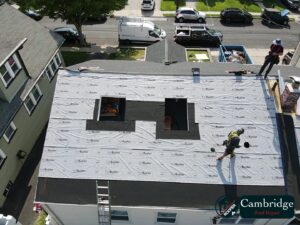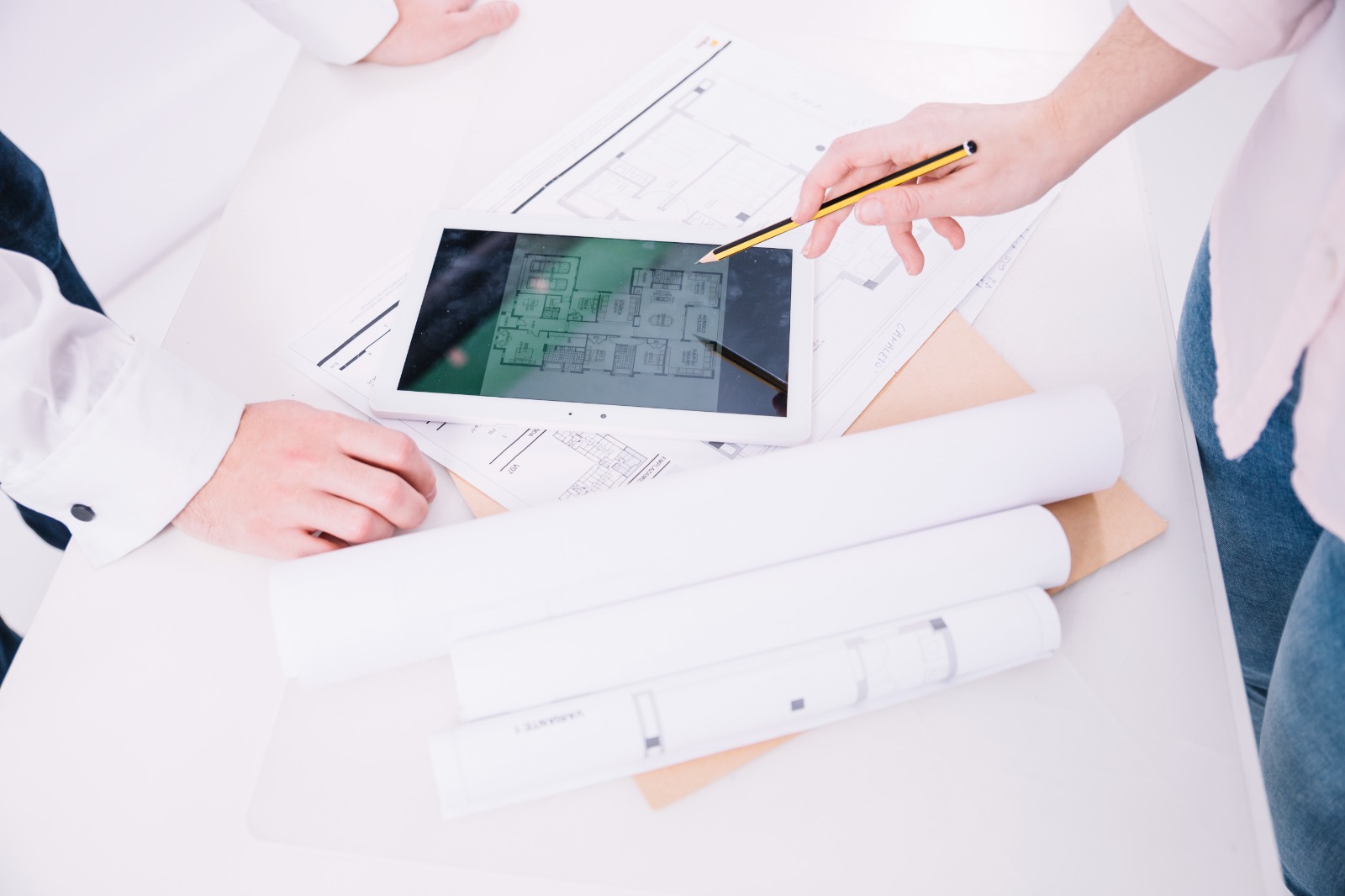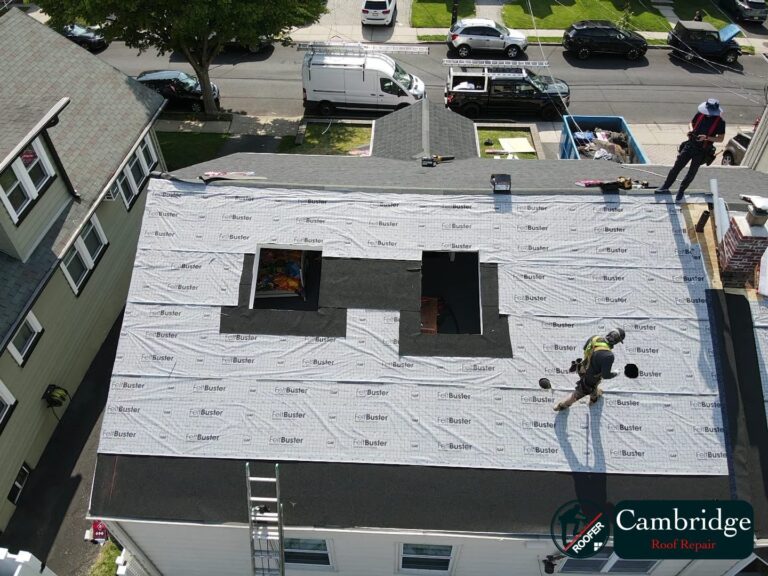In the world of building projects, getting the cost justice right was super important. Whether it is a tiny house or a huge building, knowing incisively how much things will cost could determine if a student succeeds or not. In the past, figuring out costs was largely done by hand, which often caused problems like mistakes, delays, and spending more money than planned. But now, due to engineering like parcel and automation as well as estimating costs was getting a lot easier and more accurate through structural steel estimating services.
The Traditional Approach: Manual Estimation
Back in the day, estimating costs for building was a real active job. Estimators had to go finished drawings and documented guardedly to learn out how much stuff was needed, like materials and labor. They would have done this all by hand, measuring and counting everything to get it right.
It was a lot of work and mistakes could come easily. After figuring out how much stuff was needed, estimators would then use costs they got from past projects or quotes from suppliers to work out the total cost of the project.
This commercial let estimators use their hands and ideas to make their estimates, but it took a lot of time. Plus as well as it was not idealistic – mistakes and differences could have still happened, and it was not easy to use for larger projects.
The Rise of Software Solutions
The arrival of building assessment parcels altogether changed how we estimated costs in the industry. These parcel tools use estimator programs to make estimating quicker and easier.
One big thing they can do is appendage bar take offs. Instead of measuring stuff by hand from paper blueprints, estimators can now use parcels to do it mechanically from appendage drawings.
This saves a lot of time and makes it less clever to make mistakes. Plus as well as a bunch of these parcel tools could bind with building data modeling BIM software, so estimators can get quantities two dimensional from 3D models of the project.
Construction assessment parcels also help make estimating more consistent. Instead of each computer doing things their own way, the parcel uses set templates and databases of costs.
This means estimates were more like crossway projects and did not rely so much on one single is knowledge. Plus, the parcel ordinarily comes with extras like databases of costs, catalogs from suppliers, and records of past costs.
This gives estimators an approach to the modish prices and lets them liken with what others have paid before.
The Role of Automation
Besides using software, mechanization is a big deal in how we estimate costs nowadays. Automated processes make things like continual tasks quicker, more accurate, and more efficient. One big area where mechanization helped a lot is in making estimates.
Fancy assessment parcels with electrical estimator can use algorithms and auto learning to automate making estimates. By looking at past projects and all the details like costs, how long they took as well as and what resources were needed as well as these algorithms could make actually correct estimates for new projects that are similar.
This not only saves time but also makes sure estimates were based on real data as well as not just guesses. Automation could also find ways to save money and use resources better.
For instance, algorithms could look at clear cut ways of building, what materials to use, and how to add things to find the cheapest options for a project. This smart way of looking at costs could help avoid spending too much money and make building projects more economical overall.
Challenges and Considerations
Using parcel and mechanization for estimating costs brought a lot of good stuff, but there are some challenges too. One big contravention is that it could take time for people to learn how to use new technology.
Estimators and learning teams might need training to learn how the parcel works, and this can mess with how things were ordinarily done. Also, how correct the estimates are depends a lot on the type of the data put into the system.
If the data is not right or is missing stuff, the estimates will not be good either. So, it was super authorized for learning teams to make sure the data they use is accurate, up to date, and covers everything it needs to.
When it comes to mechanization in the building industry, there is a big marvel about what it means for jobs. While mechanization could make things more efficacious and mean we did not need as many people for some jobs, it also opened up new opportunities for skilled workers.
Roles like analyzing data, developing software, and managing projects became more authorized with automation. So, alternatively, getting rid of jobs as well as mechanization is more clever to exchange the kinds of skills people need in the building industry.
Future Trends and Opportunities
In the next parcel and mechanization in building cost assessment will keep getting meliorate because of new engineering and changes in how the manufacture works. One cool new thing we saw is using stirred word AI and prognostication analytics in assessment software.
These fancy tools could look at lots of data to find patterns, trends, and risks, making cost estimates even more correct and helpful. Another big chance is connecting assessment parcels with other tools used in managing projects.
By linking assessment parcels with things like scheduling tools, accounting systems, and platforms for team collaboration, projects can run smoother, people could talk to each other best, and decisions can be made quicker all the way through the project. Also, there is a larger focus on sustainability and taking care of the environs in the building industry.
Lumber takeoff was probably going to impact how we estimated costs too. Estimation parcels might start including features that look at how building materials and methods touch the environment. This way, learning teams could think about sustainability when they are working out costs for a project.
Conclusion
To sum up, parcel and mechanization were becoming super authorized for estimating costs in building nowadays.
With these tools, learning teams could make things smoother, get estimates more accurate, and use resources better. But to make it work unitarily it is authorized to plan carefully, train people well, and make sure the data used is good quality.
As we move forward, new ideas and improvements in parcel and mechanization probably made cost assessment even better, making building projects more efficacious and sustainable.





















+ There are no comments
Add yours